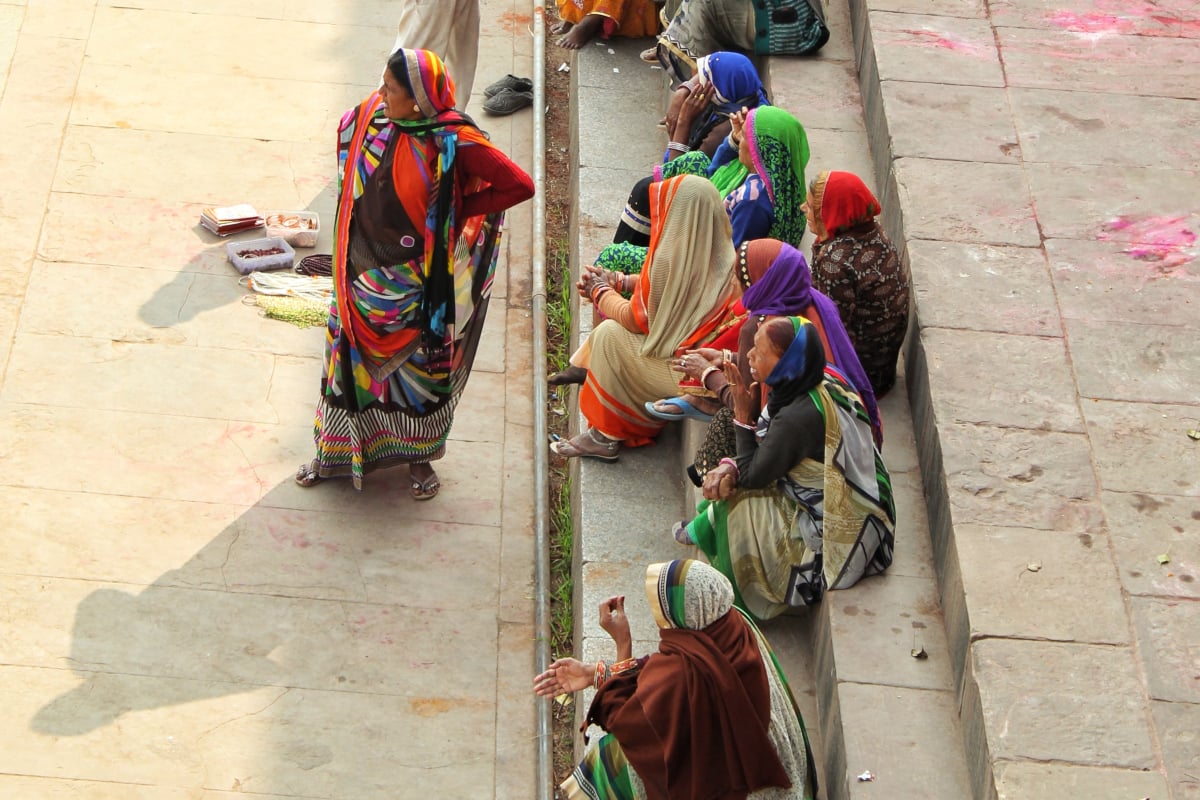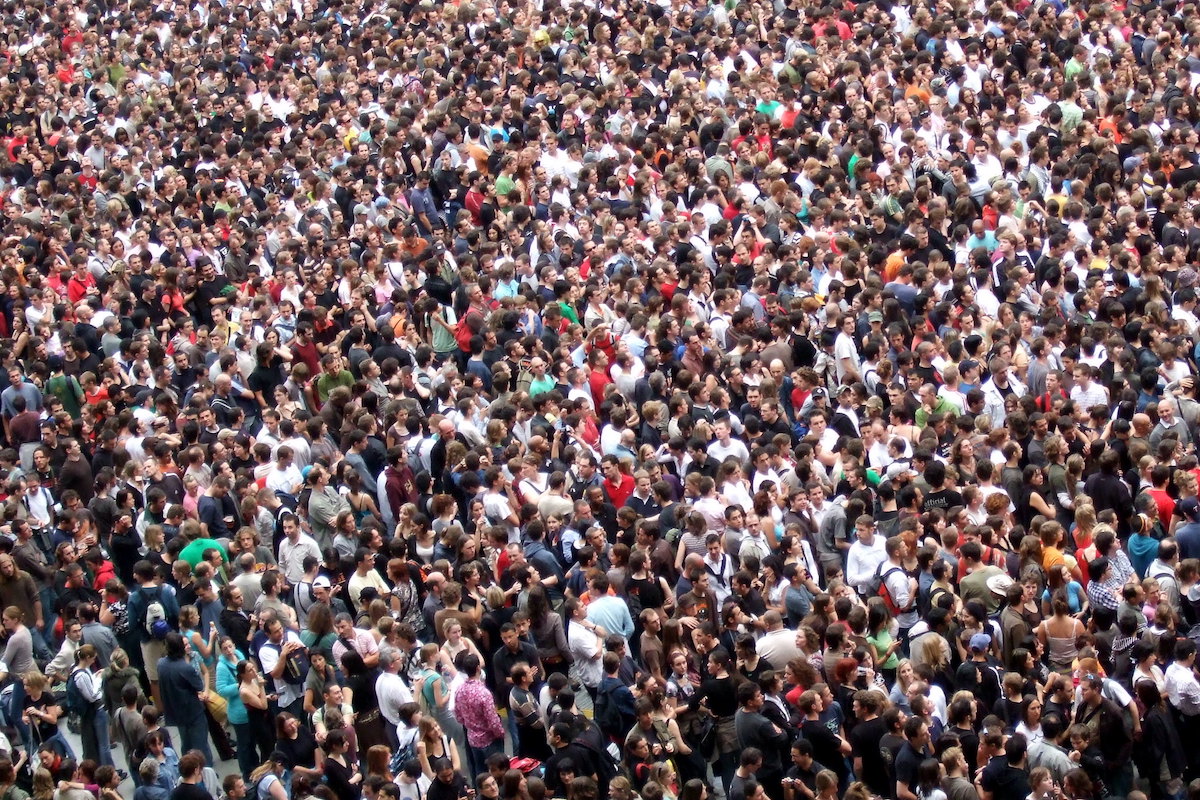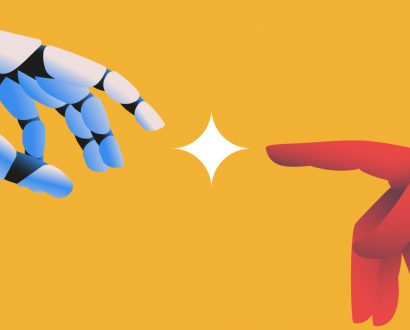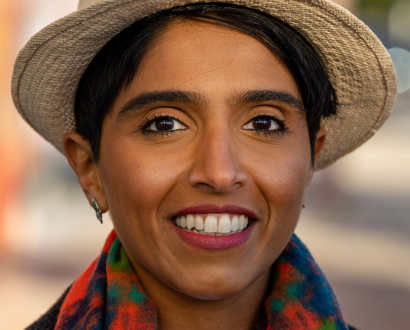The world’s current population is estimated to be around 7.75 billion, and the UN expects that number to hit 10 billion by 2056.
At present, more than 4.5 billion people are using the internet, an increase of 298 million users (or 7%) year-on-year.
Tracking digital and social media trends across the globe, the Digital 2020 report from We Are Social and Hootsuite reveals that social media users have passed the 3.8 billion mark.
That’s more people than there were on the entire planet in 1971.
“The world continues to embrace the internet and social media. The impact of 5G is beginning to show, TV and the internet are morphing into one, and nearly half of the world’s population are social media users,” says Nathan McDonald, Co-Founder and CEO of We Are Social.
The report presents data from every country around the world, with key findings including an ongoing gender gap in social media use, global growth in the use of voice interfaces, and concerns around personal data security.

Internet penetration is rising
- Nearly 60% of the world’s population is online
- The average internet user spends 6 hours and 43 minutes per day online
- Globally, we will spend a collective 1.25 billion years online this year
- Filipinos spend an average of 9 hours and 45 minutes per day online – more than any other country
- Google and YouTube are the most-visited websites, followed by Yahoo! and then Amazon.com
Social media snapshot
- On average, we spend 2 hours and 24 minutes on social media each day
- Filipinos are the most ‘social’ – the average internet user aged 16 to 64 spends almost 4 hours per day on social platforms
- At the other end of the scale, internet users in Japan spend just 45 minutes per day on social media
As of January 2020, Facebook continues to hold onto its position at the top of the social charts, with user numbers continuing to grow steadily across most countries in 2019.
Through Facebook, marketers can now reach one third of all the world’s adults aged 18+, and more than half of all the world’s adults aged 18 to 34. That’s despite the platform still being blocked in China.
YouTube comes in second, followed by WhatsApp, Facebook Messenger, WeChat, Instagram. Social newcomer TikTok finished 7th with 800 million monthly active users – 500 million of which are in China.

There is a massive digital gender gap
The Digital 2020 report reveals how widespread gender inequality really is. Worldwide, women are 28% more likely to be ‘unconnected’ to the internet than men.
This disparity is even greater in South Asia, where women are 2.4 times more likely to be ‘unconnected’ than men, and three times less likely to use social media.
On average, 55% of men use social media compared to 45% of women worldwide.
One of the most concerning statistics comes from GSMA Intelligence, suggesting that more than half of all women living in India today are unaware of the existence of mobile internet.
The United Nations reports that this imbalance largely stems from “deeply ingrained social norms and practices.”
With women and girls making up the majority of the more than 3 billion people offline, closing the gender digital divide has the potential to improve the economic and social conditions of all women – particularly those living in developing economies.







